Our colleague JP Reynolds knows a thing or two about officiating a wedding ceremony. To officiate a wedding ceremony for a couple you know and love is truly one of life’s great honors and delights. And it can also be nerve-wracking! You’re standing in front of two people who are having an out-of-body experience and you have to be their rock and emotional support throughout the ceremony.
The truth is that five years after the ceremony no one will remember what you said, but they will remember the tone and feeling of the ceremony. When done well, a ceremony renews and refreshes people in an emotional way.
So what does this mean for you as a wedding officiant? It means you have to: Be Prepared. Be Engaging. Be You. There are many ways in which you can be all this. Here are. . .
10 Essential Tips For Conducting a Wedding Ceremony
1. Although the ceremony is very much about the couple, your words are not just for them alone––you have a larger audience and the ceremony is really a gift to family and friends.
2. Although you’re the official legal witness (hence, “officiant”), the guests are also present as witnesses, and you need to remind them of that role and honor throughout the ceremony.
3. Knowing your audience is part of your preparation. You may know the groom or bride’s family better than the other family and so it’s important to consider the relatives in the audience. You may have spent college years carousing with the groom and/or bride, but this isn’t the time to regale folks with embarrassing stories. The time for that is at the rehearsal dinner or during reception toasts. Don’t give grandma a heart attack!
4. There’s so much you want to say to the couple because they mean the world to you. However, more is not better! You can’t say everything that’s in your heart, so choose your words with care.
5. Avoid the clichés. It’s ALL about the emotions! Make an emotional connection with the couple, their family and friends. Story, anecdote, image, lively words, participation, movement all go towards creating an “experience.”
6. If you’ve never conducted a ceremony, or if you’re not used to speaking in public, then you must write out your script. You can’t ad-lib a wedding ceremony!
7. Unless you know how to read your own handwriting, print out the ceremony in easy-to-read format. Double-space. Mark it up and make it your clear roadmap for everything that is going to take place in the ceremony.
8. Have your ceremony script in a nice looking book or binder that is easy for you to hold and whose pages turn easily. Avoid anything that’s too bulky or too academic looking. Make sure the color of the book’s cover compliments the bride’s color scheme–trust me, she’ll thank you! You could even put your script on an i-Pad or tablet.
9. In the days leading up to the ceremony, continue to prepare, fine-tune, and review your material. Be VERY familiar with the structure and flow of the ceremony; make sure you know the names of the people who have a role in the ceremony and be comfortable with the cues you’ll be giving them. Memorize your opening and closing words. This especially makes a difference.
10. Arrive an hour ahead of time to the ceremony. This way, you can relax, handle any last minute details, and touch base with the people who are part of the ceremony.
Follow these ten tips and you’ll be well on your way to crafting a ceremony that will serve as a touchstone for your couple.
Enjoy!
JP Reynolds is a southern California officiant and author of the e-book, “How To Officiate A Non-Denominational Wedding Ceremony.” (http://amazon.com/author/jpreynolds). During the last twenty years, he has celebrated over one thousand non-denominational, inter-faith, cross-cultural weddings.
In addition to his work as an officiant, JP is a communication skills coach, who shows people how to communicate in smart, healthy ways. His clients range from the not-for-profit to the Fortune 500. JP lectures on issues of communication at UCLA Extension and regularly blogs for the Weddings section of The Huffington Post.
PHOTO CREDIT: www.delesieblog.com/
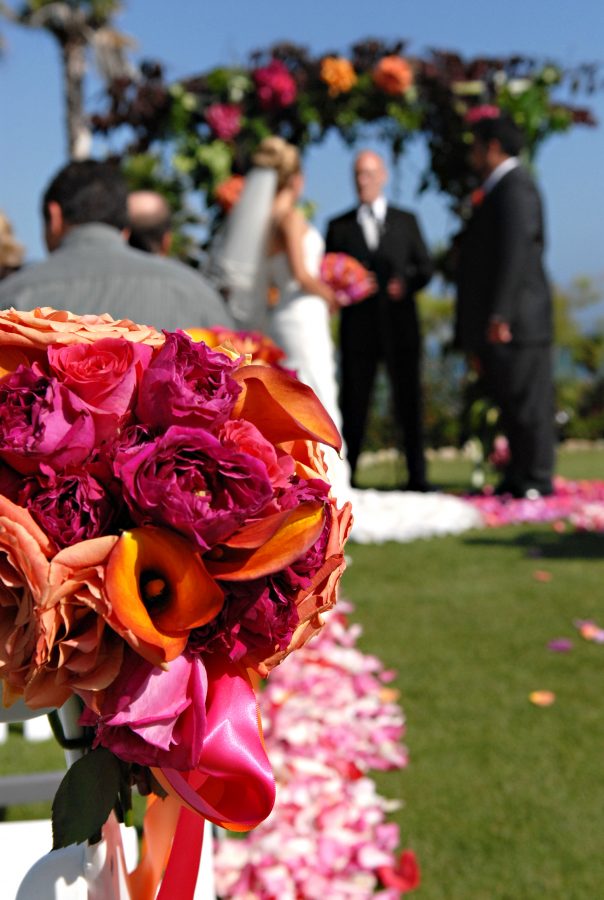
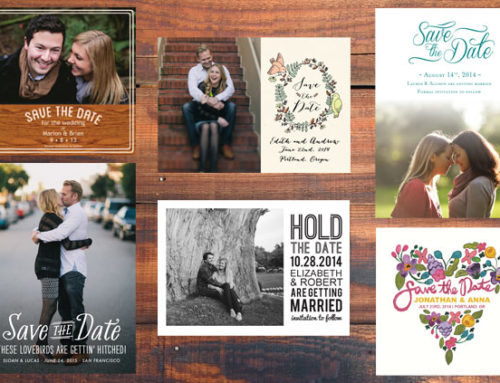
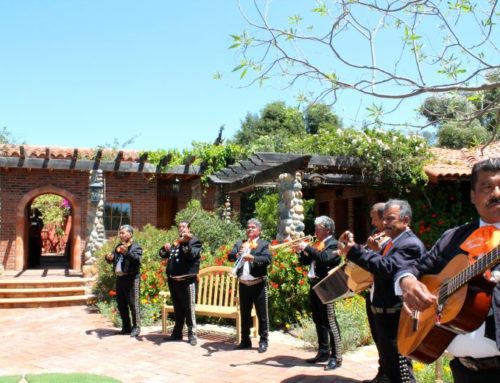
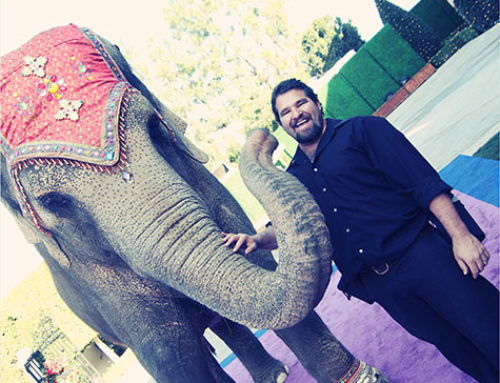
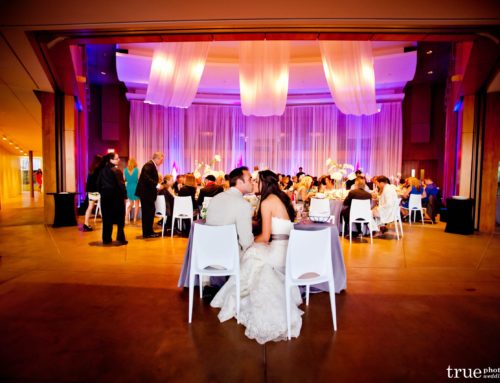
Nice wedding, a dream of every girl in town. Great concept, I do love it.